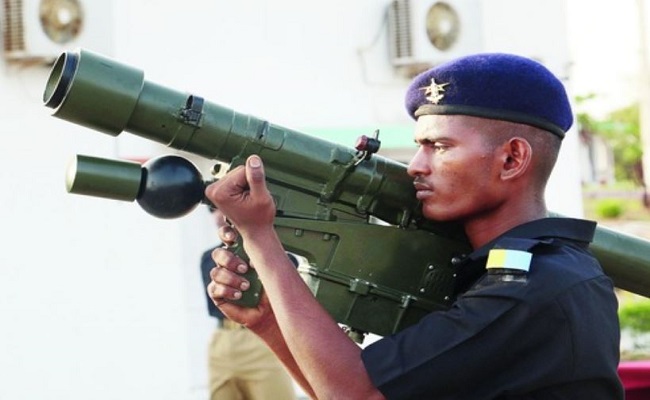New Delhi: The Indian Army has further bolstered its combat readiness in eastern Ladakh by deploying troops with shoulder-fired missiles in several sensitive areas. This move by the Indian Army comes in the backdrop of increasing activities by Chinese helicopters in the region. These missiles have a range of two to five kilometres. They are capable of bringing down low flying helicopters and aircraft, sources said.
The deployment of a sizeable number of troops with shoulder-fired missiles came as part of India’s overall approach to significantly ramp up combat capabilities of the Army and the Indian Air Force (IAF) in eastern Ladakh.
There has been an increase in activities by Chinese air force in the region in the last few weeks. Seeing this Army has decided to deploy troops with shoulder-fired missiles, the sources said.
The Indian Army has significantly increased deployment of troops and weaponry including tanks and artillery guns in various sensitive sectors along the Line of Actual Control (LAC) in the last few weeks.
The IAF has also significantly enhanced deployment of its frontline jets, attack helicopters and transport fleet in all its key bases guarding the airspace along the LAC. It has enhanced deployment of its air defence systems in the region.
The IAF has already moved a sizeable number of its frontline fighter jets including Sukhoi 30 MKI, Jaguar and Mirage 2000 aircraft to several key air bases including Leh and Srinagar.
It has also deployed Apache attack choppers and Chinook heavy-lift helicopters to transport troops to various forward locations. The frontline fighter jets have increased their sorties in Ladakh and nearby areas.
India and China have held several rounds of military and diplomatic talks in the last two-and-half months but no significant headway has been made in resolution of the border row in eastern Ladakh.
The formal process of disengagement of troops began July 6, a day after a nearly two-hour telephonic conversation between National Security Advisor Ajit Doval and Chinese Foreign Minister Wang Yi on ways to bring down tensions in the area. However, the process has not moved forward since mid-July.
The Chinese People’s Liberation Army has pulled back from Galwan Valley and certain other friction points. However, the withdrawal of troops has not moved forward in Pangong Tso, Depsang and a couple of other areas, sources said.
